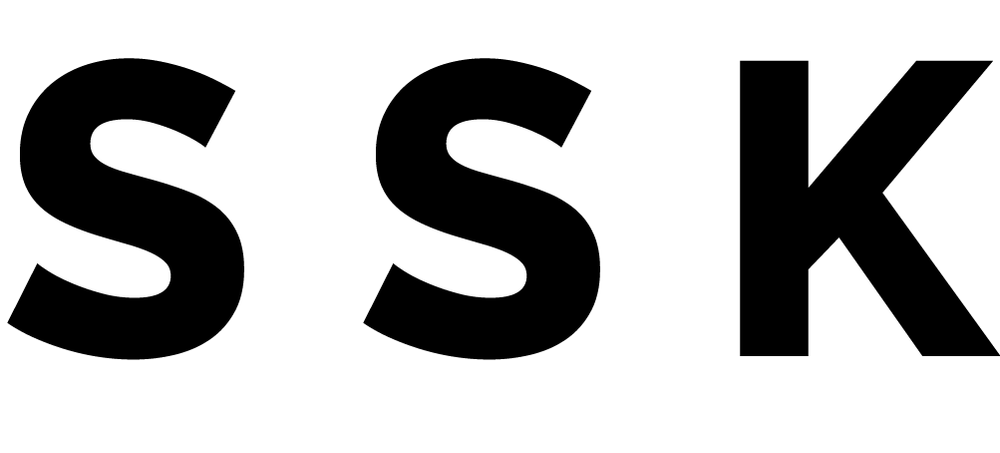A step forward in architecture secures a better future. Innovative architectural devices based on physical data and simulations are being developed. Examples include façades that adjust according to the amount of sunlight, the In-Let system that enhances the efficiency of natural ventilation, and a Massing technique that influences fluid dynamics through buoyancy differences. New engineering approaches that consider not only microclimates but also users’ movement patterns and psychological states within spaces are quite intriguing. Alongside AI interaction, architectural responses to the microclimates of our daily lives—those climates we encounter outside our windows—are essential for architects entering an era of self-reliance.
What about South Korea? A corrupted design competition market, architect chauvinism, the architectural world being consumed by ‘space designers’ who are obsessed with self-reliance due to their textualist tendency, and abstract OOOisms that are more like interpretations than dreams. It is a soil where no innovation can be born. While many possess strong design skills, only a few are genuinely innovative. Isn't it time to reevaluate whether the methodologies we’ve used so far are optimal?
The WD Gateball Stadium project began with a commitment to engineering innovation, driven by these personal reflections and concerns. It represents a result of empirical design based on physical data and simulations of intangible elements such as light, shade, sound, and fluid dynamics. We invested significant time in creating and verifying new design details. Unlike other local governments, we aimed to present an innovative stadium that breaks away from existing paradigms in Incheon Seo-gu, a forward-thinking Smart Eco-city. Throughout this process, we worked tirelessly to implement details within the public architecture market, primarily led by small and medium-sized construction firms.
We do not accept prolific works, as we seek to demonstrate that a select number of innovative designs can transform the world. Ultimately, our goal is to promote healthy spaces through architecture that adapts to its environment. We would like to extend our thanks to CEO Minseo Kim, Director Byeongwoo Lee and Seonghwan Kang for their dedicated efforts over an extended period to bring our design to fruition.
ㅤ
미래를 담보하는 한걸음 진보된 건축. 일조량에 따라 움직이는 파사드, 자연환기의 효율을 극대화한 In-Let 시스템, Buoyancy Difference를 통해 유체의 변화를 유도하는 Massing 등 물리적인 데이터와 시뮬레이션에 기반한 다양한 Architectural Device들이 Invention 되고 있다. 미시기후 뿐만 아니라, 사용자의 행동패턴과 심리상태까지도 공간에 담아내려는 새로운 공학적 시도들이 흥미롭다. AI Interaction과 더불어 창문 밖 기후인 우리 일상 속 미시기후에 대한 건축적 대응은 각자도생으로 접어든 건축가의 수명에 필수적일지도 모른다는 생각이다.
한국은 어떠한가. 오염된 설계공모시장, 건축가 사대주의, 문헌주의적 성향으로 자기 복제에 빠진 '공간디자이너’들이 잠식하는 건축계, 꿈보다 해몽인 추상적 OOOism들. 뭐 하나 혁신이 탄생 할 수 없는 토양이다. 디자인 잘하는 사람은 많아도 혁신은 극소수다. 그동안 우리가 적용해 온 방법론들이 최적이었는지 돌아볼 시점이 아닐까.
WD Gateball Stadium은 이러한 개인적 반성과 고민을 바탕으로 공학적 혁신에 대한 강한의지로 시작된 프로젝트다. 빛, 음영, 소리, 유체의 변화 등 무형요소의 물리적 데이터와 시뮬레이션에 기반한 실증적인 설계의 성과물이다. 그만큼 새로운 디테일 창작과 검증에 많은 시간을 할애했다. 타 지자체와 달리 Smart Eco-city라는 미래지향적인 인천 서구에 기존 패러다임을 벗어난 혁신적인 경기장을 선보이고자 했다. 그 과정에서 영세한 중소규모 건설사가 주도하는 공공건축시장에서 디테일 구현에 불철주야 공을 들였다.
우리는 다작을 하지 않는다. 이는 소수의 혁신적인 디자인이 세상을 바꿀 수 있음을 증명하고자 함이다. 결국 이 모든 것은 환경에 적응하는 건축을 통해 건강한 공간을 확산시키는데 목적이 있다. 긴 시간 우리의 설계를 구현하기 위해 최선을 다해준 김민서 대표, 이병우 소장, 강성환 차장에게 감사한다.
ㅤ
photo. S S K












